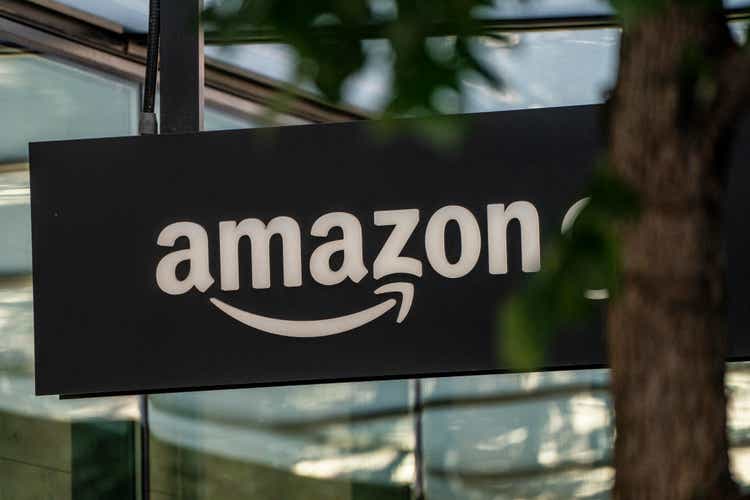David Ryder
The following segment was excerpted from this fund letter.
Amazon.com, Inc. (NASDAQ:AMZN)
The only new purchase during the quarter was Amazon.com, Inc., which became a top three holding for the Fund. While we have owned Amazon for many years in our other higher growth strategies, it was never a great fit for this strategy since it was not established enough, its cloud business was too early stage, and its other new businesses, such as advertising were also nascent in their penetration curves.
Today, we believe that while Amazon remains early enough, such that the runway for growth is still long, it has become much more established and with proven unit economics. We also thought that the 35% decline in Amazon’s stock during the quarter presented a unique opportunity to build a position in potentially the most competitively advantaged business on earth at a significant discount to its intrinsic value.
The stock price decline was driven by the slowdown in e-commerce growth due to the reopening of the economy as well as Amazon’s capacity overbuild, which is impacting near-term profitability. This, however, would not result in significant impairment to the company’s intrinsic value, in our view, as the company will grow into its larger footprint over time.
According to the U.S. Census Bureau, domestic e-commerce was only 14.3% of retail (as of the first quarter of 2022) and Amazon remains the market share leader with around 40%. Internationally, the opportunity remains large as Amazon still has less than a 2% market share of international retail spending. Its advertising share is also only 3% and growing, underpinned by the structural closed-loop systems it enables (merchants know exactly whether their ad dollars resulted in a purchase since they are all done on the Amazon platform), which enables accurate targeting and measurement.
Lastly, Amazon Web Services (AWS), Amazon’s leading cloud computing service, has a good runway for growth as the industry still represents only 9.5% out of the $4.3 trillion of global IT spending according to Gartner. Areas such as logistics and health care present additional optionality.
More importantly however, Amazon remains one of the most innovative companies in the world, which we believe will create significant value over the long term. This is how Andy Jassy, Amazon’s CEO, ended his first annual shareholder letter:
“Albert Einstein is sometimes credited with describing compound interest as the eighth wonder of the world (“He who understands it, earns it. He who doesn’t, pays it”). We think of iterative innovation in much the same way.
Iterative innovation creates magic for customers. Constantly inventing and improving products for customers has a compounding effect on the customer experience, and in turn on a business’s prospects.
Time is your friend when you are compounding gains. Amazon is a big company with some large businesses, but it’s still early days for us. We will continue to be insurgent – inventing in businesses that we’re in, in new businesses that we’ve yet to launch, and in new ideas that we haven’t even imagined yet. It remains Day 1.”
Lastly, Amazon’s current market cap of $1.1 trillion offers, in our view, a significant discount to the company’s intrinsic value. We believe, for example, that AWS by itself would be worth more than that amount in several years. As of the first quarter of 2022, AWS had $74 billion in run rate revenues growing at 37%, with 35% operating margins. We believe AWS can continue compounding at more than 20% for the next five years, reaching over $220 billion in revenues by 2027, driving over $80 billion of operating profits and over $60 billion of after-tax profits.
AWS at that point will still be in a rapid growth phase, but even if we assume it does not continue to grow rapidly, and apply a terminal value at that point, using a nominal GDP-plus growth rate of approximately 6% along with around 11% WACC, or a 20 times multiple, it would result in roughly $1.2 trillion of value. This back of the envelope analysis assigns no value to everything else Amazon does – retail, logistics, advertising, etc.
Editor’s Note: The summary bullets for this article were chosen by Seeking Alpha editors.


Be the first to comment